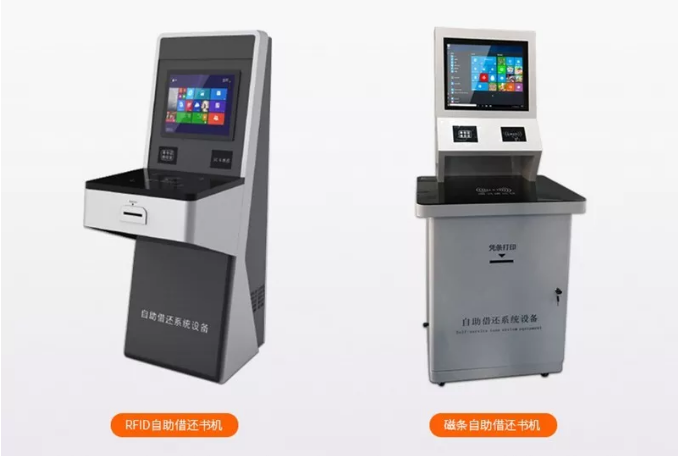With the further development of modern information technology, the digitization of information carriers and the networked development trend of information dissemination, libraries have gradually shifted from traditional books and materials as the main collection carrier to digital libraries with multiple functions such as carrier collections and information media. Becoming an inevitable trend in the information age, the emergence of digital libraries has brought new development opportunities to the development of libraries. Library informationization has become the main theme of library development.
In 1974, the first self-service book lending machine appeared at the University of Texas at Dallas, but it was not very successful due to flaws in its design.
In 1992, the test was supported by the library of the University of Lowa and the University of Missouri library. The test was modified to develop a more suitable operating system, making the self-service borrowing and returning system a library’s new favorite in the 1990s.
Classification of self-service book return system (barcode and RFID)
Advantages:
1. It can increase library borrowing and returning time and realize the concept of 24-hour opening.
2. It can improve the service efficiency and increase the circulation of library literature.
3. Conducive to improving readers’ satisfaction and adding humanized service means.
4. Favorable for libraries to shift their work focus to in-depth services and create favorable conditions for training subject librarians
Post time: Dec-16-2019



